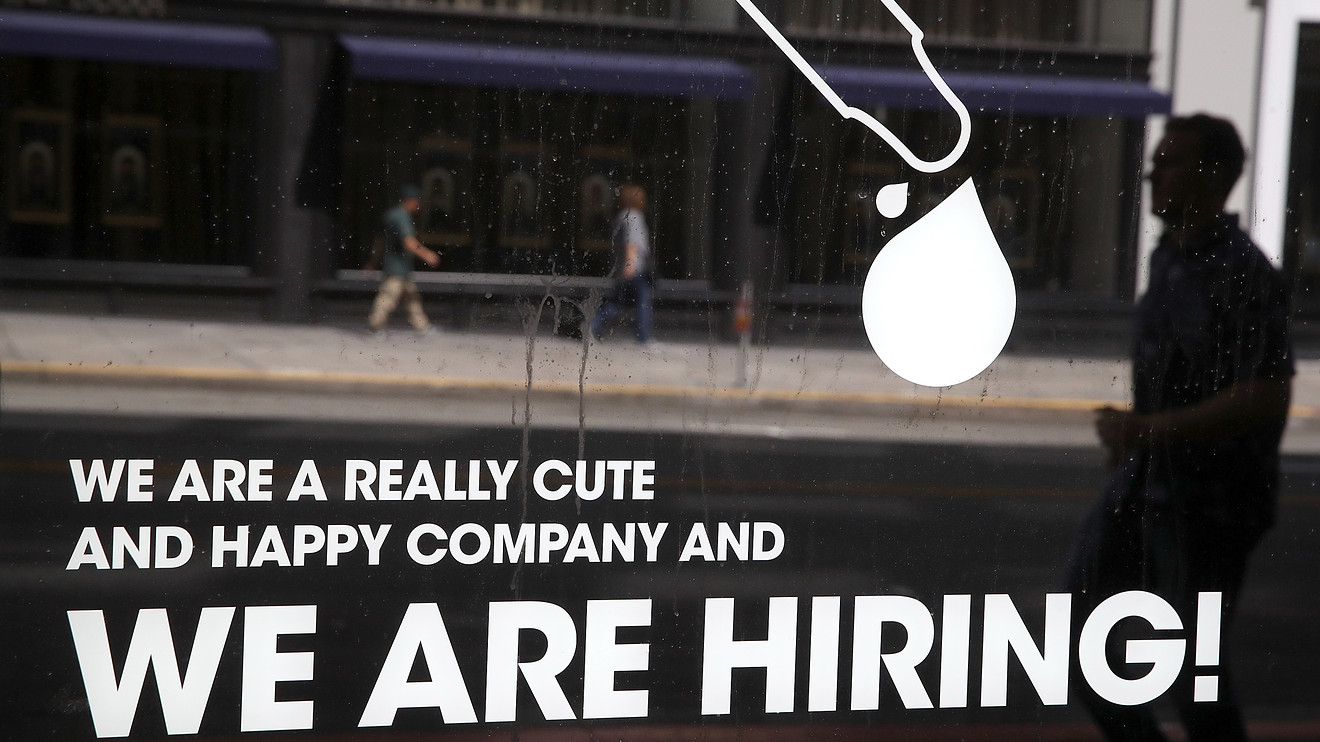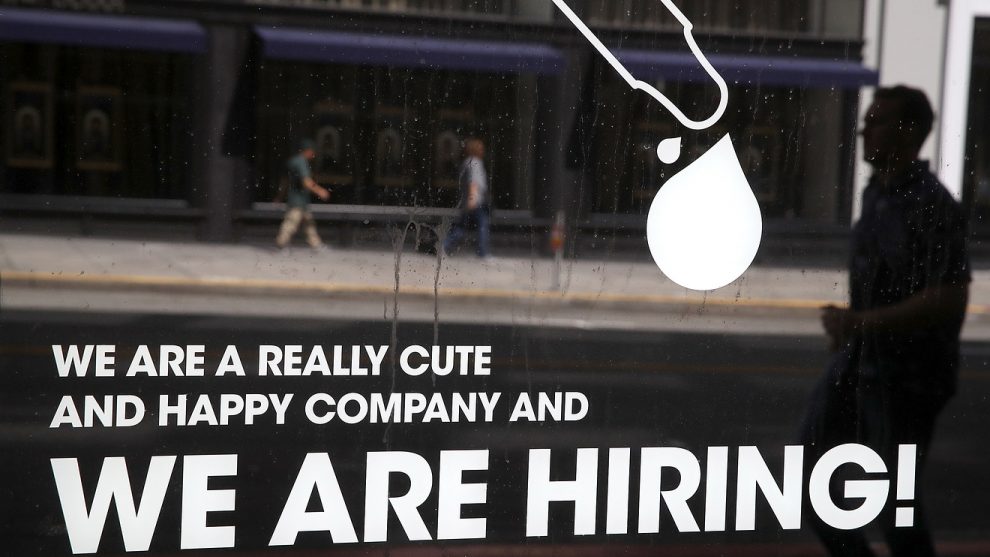
U.S. stock-index futures indicated a sharp gain to start Friday trade, even though the Labor Department, showed that 20.5 million jobs were lost in April, with the unemployment rate rising to 14.7%, underscoring the depth of the impact of the COVID-19 pandemic on the American economy.
How are benchmarks faring?
Futures for the Dow Jones Industrial Average YMM20, +1.13% rose 261 points, or 1.1%, at 24,104, those for the S&P 500 index ESM20, +1.11% gained 31 points, or 1.1%, at 2.911.25, while Nasdaq-100 futures NQM20, +0.92% advanced 83 points, or 0.9%, at 9,191.
On Thursday, the Dow DJIA, +0.89% ended 211.25 points, or 0.9%, higher, at 23,875.89, off its intraday high at 24,094.62; the S&P 500 SPX, +1.15% added 32.77 points, or 1.2%, to close at 2,881.19, led by a 2.5% rally in the energy sector SP500.10, +2.47% and a 2.2% climb in financials SP500.40, +2.21%. The Nasdaq Composite Index COMP, +1.41% wrapped up at 8,979.66, up 125.27 points, or 1.4%, notching a 0.08% year-to-date advance, erasing its losses for 2020.
For the week, the Dow is up 0.6%, the S&P 500 has gained 1.2%, while the Nasdaq has climbed 4.4%, as of Thursday’s close.
What’s driving the market?
The monthly report on the employment situation in the U.S. showed that 20.5 million jobs were eliminated last month, and the unemployment rate rocketed 14.7% from a 50-year low of only 3.5% two months ago and 4.4% last month. However, the headline number was less worse than some estimates for 22 million unemployed.
See: Coronavirus costs the U.S. 20.5 million jobs in April, unemployment soars to 14.7%
The report comes after Thursday’s weekly jobless claims revealed that those looking for unemployment benefits increased another 3.2 million in early May — and even more if newly eligible workers who applied through a federal program are counted.
A broader measure of unemployment that includes discouraged jobseekers and other people on the fringes of the labor market skyrocketed to a record 22.8%.
Although the government didn’t keep records back then, economic historians estimate unemployment peaked at 25% in 1933.
Thus far, the market discounted the economic weakness amid progress towards the reopening of seized-up economies in the U.S. and abroad, as restrictions imposed to limit the spread of the deadly pathogen are loosened gradually.











Add Comment